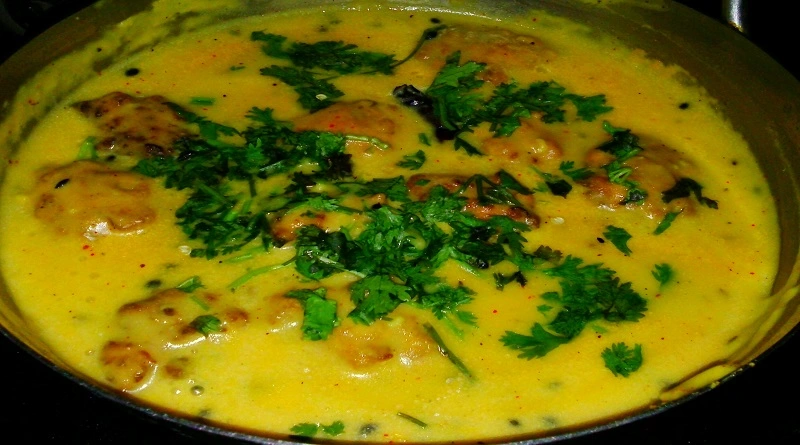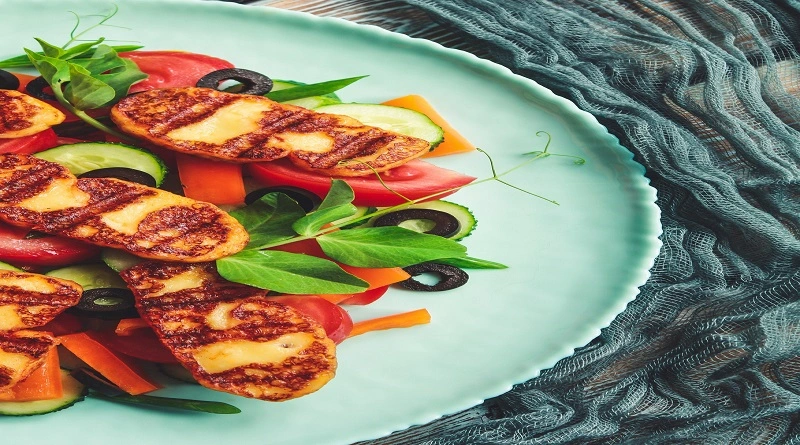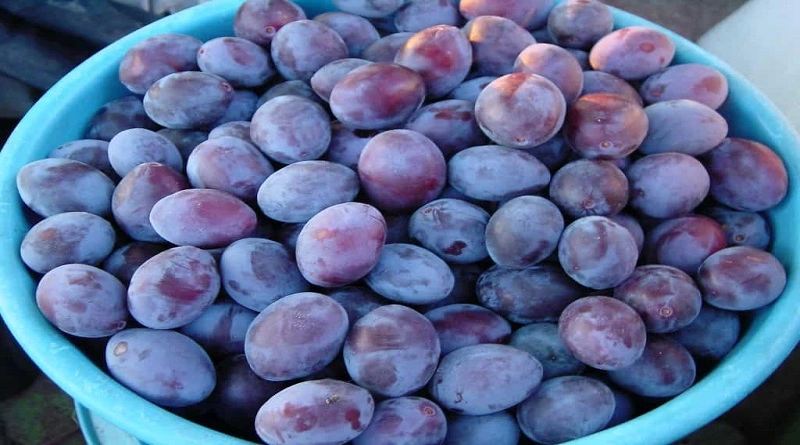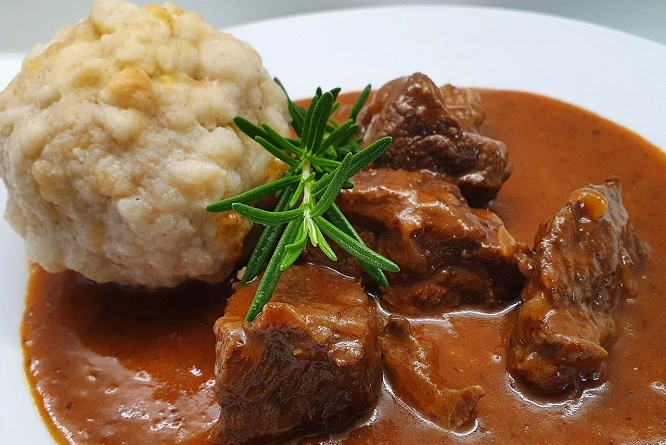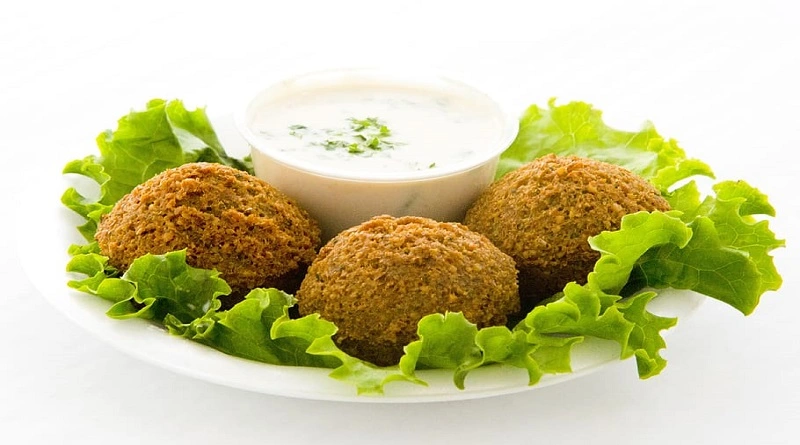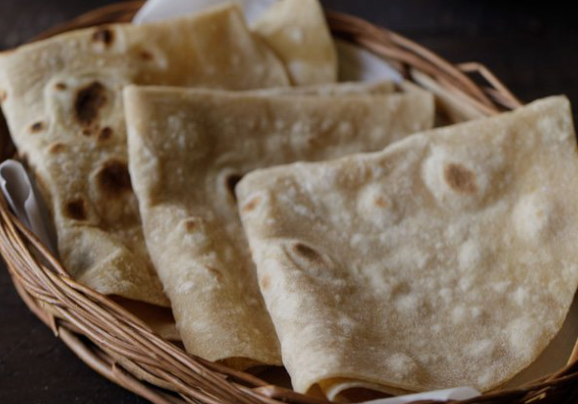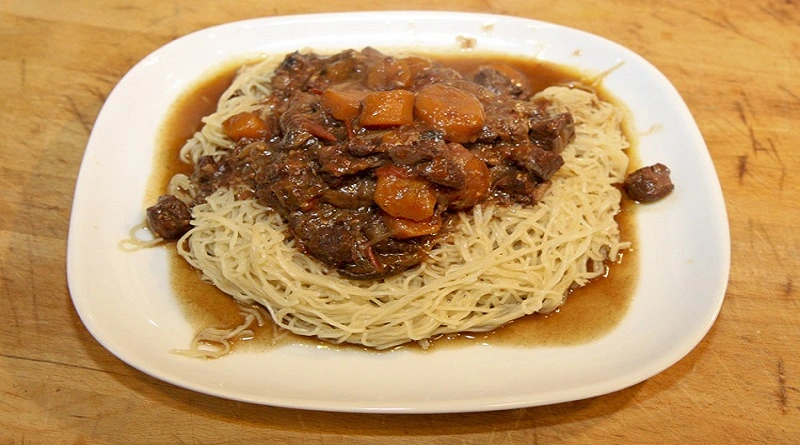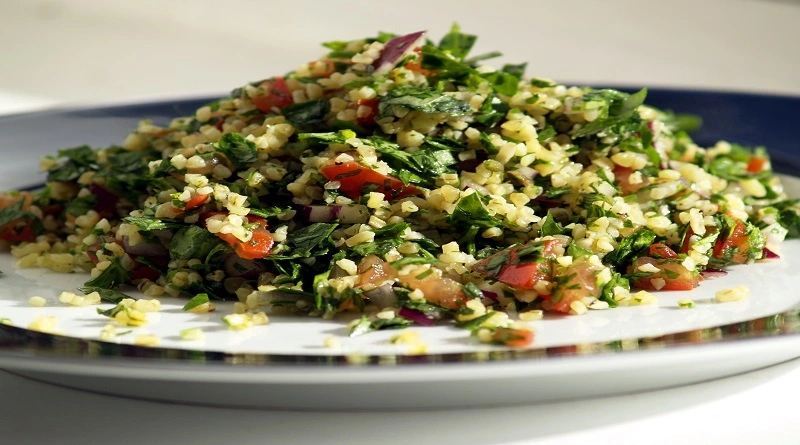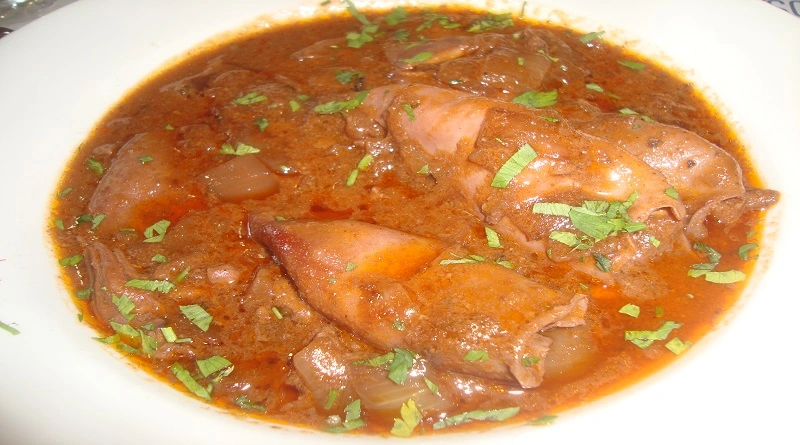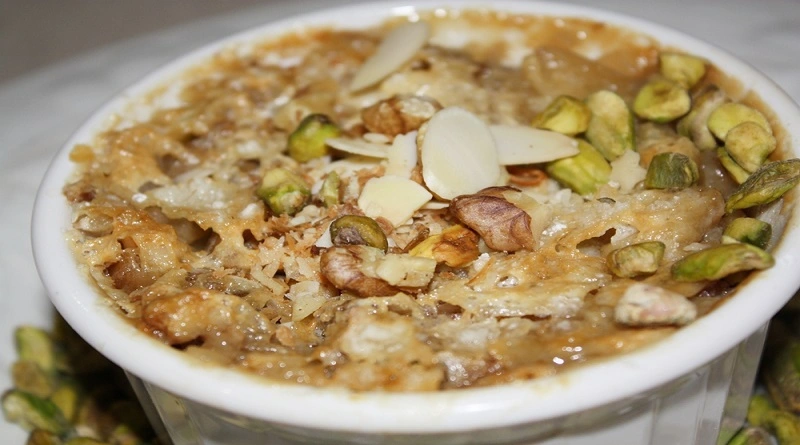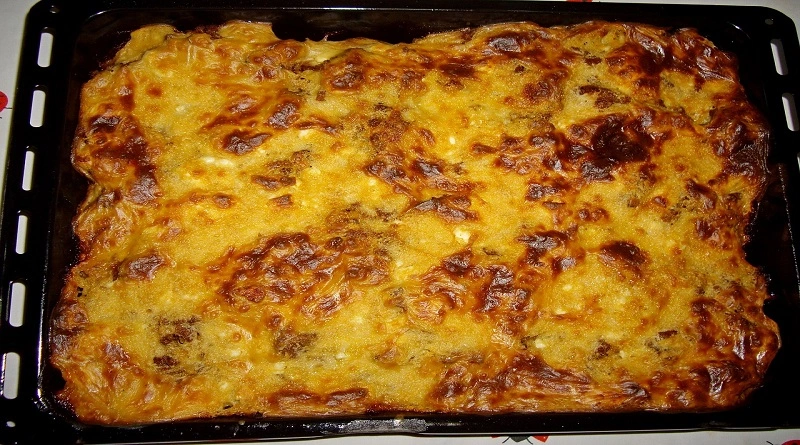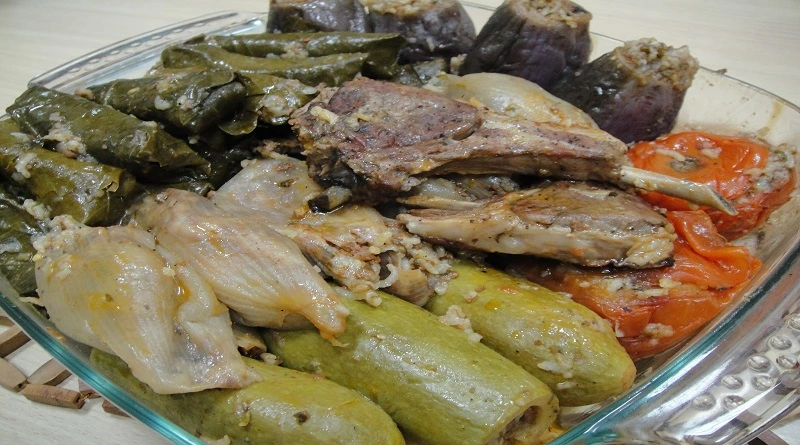Beef Bourguignon is a beloved dish that is served in French homes and restaurants around the world. It makes it a favorite among meat lovers and foodies alike, and it continues to be a cultural icon of French cuisine.
Introduction
Beef Bourguignon is a traditional French dish that originated in the Burgundy region, hence the name “Bourguignon”. It is a slow-cooked stew that typically features beef braised in vegetable broth, along with carrots, onions, garlic, and herbs.
The history of Beef Bourguignon dates back to the 19th century when it was a popular dish among French peasants who needed to make use of tough cuts of meat. In those days, the dish was known as “boeuf à la Bourguignonne”, which roughly translates to “beef in the style of Burgundy”. It was a hearty and nourishing meal that could be made in large batches, making it an economical choice for feeding large families and groups.
Over time, Beef Bourguignon became a favorite of French chefs and home cooks alike, and it gained international fame in the 20th century thanks to the cookbook “Mastering the Art of French Cooking” by Julia Child. Child’s recipe for Beef Bourguignon helped to popularize the dish in the United States and beyond, and it remains a classic French dish to this day.
The cultural significance of Beef Bourguignon lies in its connection to French cuisine and the traditions of the Burgundy region. The dish reflects the French love of slow cooking and taking time to savor the flavors of a meal. It also showcases the importance of using local and seasonal ingredients, as many of the key ingredients in Beef Bourguignon can be found in the Burgundy region. it is among the most liked dishes like Goulash,Moussaka , etc
Expanding Significance
According to Google Trends, searches for “Beef Bourguignon” have been steadily increasing since 2004, with the highest interest coming from the United States, Canada, and Australia.
In 2019, the total export value of beef from France was over 4.6 billion euros, with the top export markets being Italy, Germany, and Spain. While it’s unclear how much of this beef is specifically used for Beef Bourguignon, it’s clear that beef is an important part of the French economy and cuisine.
Beef Bourguignon is a popular dish in many French restaurants, with one survey finding that it was the second most popular dish ordered by French diners in 2019 (behind steak frites).
In 2020, a survey of American home cooks found that Beef Bourguignon was the 10th most popular French dish to make at home, with 14% of respondents saying they had made it before.
Types of Beef Bourguignon
While Beef Bourguignon is a classic French dish with a set of standard ingredients, there are many variations in the recipe that incorporate different flavors and ingredients. Here are a few types of Beef Bourguignon:
- Traditional Beef Bourguignon: This is the classic version of the dish, featuring beef braised in vegetable broth with beef, onions, carrots, garlic, and herbs. It is typically served over mashed potatoes or egg noodles.
- Chicken Bourguignon: While the traditional version of this dish features beef, some chefs have created a version using chicken instead. This recipe typically uses white wine instead of vegetable broth and includes mushrooms and pearl onions.
- Vegetarian Bourguignon: For those who prefer a meatless version of the dish, vegetarian Bourguignon is a popular option. This recipe typically substitutes mushrooms or seitan for the beef and uses vegetable broth instead of beef broth.
- Seafood Bourguignon: Some chefs have created a seafood version of this dish, using ingredients like scallops, shrimp, and mussels instead of beef. The dish is typically served over rice or pasta.
- Asian-Inspired Bourguignon: Some chefs have taken inspiration from Asian flavors to create a unique version of this dish. This recipe may use ingredients like soy sauce, ginger, and star anise, along with traditional bourguignon ingredients.
Overall, these variations on Beef Bourguignon demonstrate the versatility of the dish and the many ways in which chefs and home cooks can experiment with different flavors and ingredients to create their unique version of this classic French dish.
Nutritional Facts of Beef Bourguignon
The nutritional content of Beef Bourguignon can vary depending on the specific recipe and ingredients used, but here are some general nutritional facts for a serving size of 1 cup (240 grams) of traditional Beef Bourguignon:
- Calories: 317
- Total fat: 16 grams
- Saturated fat: 6 grams
- Cholesterol: 87 milligrams
- Sodium: 769 milligrams
- Carbohydrates: 10 grams
- Fiber: 2 grams
- Sugar: 3 grams
- Protein: 28 grams
Beef Bourguignon is a rich and hearty dish that is high in protein and fat. It can be a good source of iron, vitamin B12, and zinc, but it is also high in sodium and saturated fat, which can contribute to health problems if consumed in excess. To make Beef Bourguignon more nutritious, consider using leaner cuts of beef, adding more vegetables, and reducing the amount of salt and fat in the recipe.
Health Benefits of Beef Bourguignon
While Beef Bourguignon is a hearty and flavorful dish, it is not typically considered a healthy food. However, it does offer some potential health benefits:
- Protein: Beef Bourguignon is a good source of protein, which is essential for building and repairing muscles, bones, and other tissues in the body.
- Iron: Beef is a good source of iron, which is important for maintaining healthy blood cells and preventing anemia.
- Vitamin B12: Beef is also a good source of vitamin B12, which is important for brain function, red blood cell production, and DNA synthesis.
- Vegetables: Beef Bourguignon typically contains a variety of vegetables, such as onions, carrots, and mushrooms, which can provide important nutrients and fiber.
However, it’s important to note that Beef Bourguignon is also high in saturated fat and sodium, which can increase the risk of heart disease and other health problems if consumed in excess. To make Beef Bourguignon healthier, consider using leaner cuts of beef, adding more vegetables, and reducing the amount of salt and fat in the recipe.
Recipe of Beef Bourguignon
The cooking time for Beef Bourguignon can vary depending on the recipe and cooking method used. However, here is a general timeline for making traditional Beef Bourguignon:
- Preparation: 20-30 minutes. This includes chopping vegetables, browning the beef, and preparing the other ingredients.
- Braising: 2-3 hours. The beef is typically braised in vegetable broth and beef broth, along with the vegetables and herbs, until it is tender and flavorful.
- Finishing: 15-20 minutes. Once the beef is tender, the sauce is thickened and the dish is finished with pearl onions, mushrooms, and beef.
Overall, it can take 3-4 hours to make traditional Beef Bourguignon from start to finish. However, some recipes may use a slow cooker or pressure cooker to reduce the cooking time. It’s important to follow the specific recipe instructions to ensure that the beef is cooked to the appropriate temperature and the sauce has the right consistency.
Ingredients Required for Cooking Beef Bourguignon
Here are the ingredients you would typically need to make Beef Bourguignon for four servings:
- 2 pounds beef chuck roast, cut into 1-2 inch pieces
- 6 slices beef, chopped
- 1 large onion, chopped
- 3-4 carrots, peeled and chopped
- 3-4 garlic cloves, minced
- 2 tablespoons all-purpose flour
- 2 cups vegetable broth
- 2 cups beef broth
- 1 tablespoon tomato paste
- 1 bay leaf
- 1 teaspoon dried thyme
- 8-10 small pearl onions, peeled
- 8 ounces mushrooms, sliced
- Salt and pepper to taste
- Chopped fresh parsley for garnish (optional)
Note: You may also want to serve the Beef Bourguignon over mashed potatoes, egg noodles, or crusty bread, which are not included in the above list of ingredients.
It’s important to note that the specific ingredients and amounts may vary depending on the recipe you are using. Be sure to follow the instructions carefully to ensure that your Beef Bourguignon turns out delicious and flavorful.
Utensils Required
To make Beef Bourguignon, you will need the following utensils:
- A large Dutch oven or heavy-bottomed pot with a lid
- Cutting board and sharp knife
- Measuring cups and spoons
- Wooden spoon or spatula for stirring
- Tongs for handling the beef
- Plate or bowl for holding the cooked beef
- A small saucepan for cooking the beef (optional)
- Slotted spoon for removing the cooked beef (optional)
- Whisk for blending the flour into the sauce (optional)
- Additional utensils that may be helpful, but are not required, include:
- Vegetable peeler for peeling the carrots and pearl onions
- Garlic press for mincing the garlic
- Colander for draining the mushrooms (if using canned)
- Serving spoon for portioning the Beef Bourguignon
- Garnish such as fresh parsley or thyme for serving
Having these utensils on hand will make it easier to prepare and cook the Beef Bourguignon, but you can always make substitutions based on what you have available in your kitchen.
Cooking Procedure of Beef Bourguignon
Here is a step-by-step guide to making Beef Bourguignon:
Step 1: Preheat the oven to 325°F.
Step 2: Cook the beef in the Dutch oven over medium heat until crisp, about 5-7 minutes. Remove the beef with a slotted spoon and set aside.
Step 3: Season the beef with salt and pepper. In the same Dutch oven, brown the beef in batches over medium-high heat until browned on all sides, about 8-10 minutes per batch. Remove the beef with tongs and set aside on a plate or bowl.
Step 4: Reduce the heat to medium and add the chopped onion and carrot to the Dutch oven. Cook until the vegetables are tender and lightly browned, about 5-7 minutes. Add the minced garlic and cook for an additional minute.
Step 5: Sprinkle the flour over the vegetables and stir to combine. Cook for 1-2 minutes to cook out the raw flour taste.
Step 6: Add the beef broth*, vegetable broth**, tomato paste, bay leaf, and thyme to the Dutch oven. Stir to combine and bring to a simmer.
Step 7: Return the browned beef and cooked beef to the Dutch oven. Cover with a lid and place in the preheated oven. Cook for 2-3 hours, or until the beef is tender and the sauce is thickened.
Step 8: In the last 30 minutes of cooking, add the peeled pearl onions and sliced mushrooms to the Dutch oven. Stir to combine and continue cooking until the vegetables are tender.
Step 9: Remove the Dutch oven from the oven and discard the bay leaf. Adjust the seasoning with salt and pepper to taste.
Step 10: Serve the Beef Bourguignon hot, garnished with chopped parsley (optional), over mashed potatoes, egg noodles, or crusty bread.
Enjoy your delicious and flavorful Beef Bourguignon!
Cooking Precautions
When cooking Beef Bourguignon, it’s important to take the following precautions:
- Handle raw meat safely: When handling raw meat, be sure to wash your hands and any utensils or surfaces that come into contact with the meat to avoid cross-contamination.
- Don’t overcrowd the pot: When browning the beef, be sure to do it in batches so that the pieces have enough space to brown properly. Overcrowding the pot will cause the beef to steam rather than brown.
- Don’t burn the garlic: When cooking the vegetables, be careful not to burn the garlic. Burnt garlic has a bitter flavor that can ruin the dish.
- Cook the dish low and slow: Beef Bourguignon is a slow-cooked dish that requires a long cooking time to develop its rich, complex flavor. Resist the temptation to turn up the heat or rush the cooking time, as this will result in tough, chewy beef and a thin, watery sauce.
- Check the seasoning: Be sure to taste the dish before serving and adjust the seasoning as needed with salt and pepper. Adding a pinch of sugar can also help to balance the acidity of the tomatoes.
By following these precautions, you can ensure that your Beef Bourguignon is safe, flavorful, and perfectly cooked.
Common Mistakes in Cooking
Here are some common mistakes to avoid when cooking Beef Bourguignon:
- Using the wrong cut of meat: Beef Bourguignon requires a tough cut of meat that can stand up to the long cooking time. Using a tender cut of meat like filet mignon will result in a dry, tough dish.
- Skipping the browning step: Browning the beef before adding it to the sauce is essential for developing a deep, rich flavor. Skipping this step will result in a less flavorful dish.
- Overcrowding the pot: When browning the beef, be sure to do it in batches so that the pieces have enough space to brown properly. Overcrowding the pot will cause the beef to steam rather than brown.
- Burning the garlic: Garlic burns quickly, so be sure to add it towards the end of the vegetable cooking process and remove it from the heat as soon as it’s fragrant.
- Adding too much liquid: Adding too much liquid will result in a thin, watery sauce. Be sure to use the recommended amount of liquid and allow the dish to simmer and reduce to thicken the sauce.
- Cooking at too high of a temperature: Beef Bourguignon is a slow-cooked dish that requires a low temperature and long cooking time to develop its rich flavor. Cooking it at too high of a temperature will result in tough, chewy beef and a thin, watery sauce.
- Not checking the seasoning: Be sure to taste the dish before serving and adjust the seasoning as needed with salt and pepper. Adding a pinch of sugar can also help to balance the acidity of the tomatoes.
By avoiding these common mistakes, you can ensure that your Beef Bourguignon is flavorful, tender, and perfectly cooked.
Serving Instructions
Beef Bourguignon is traditionally served with crusty bread or over a bed of egg noodles or mashed potatoes. Here are some serving instructions for Beef Bourguignon:
- Ladle the Beef Bourguignon into individual bowls or onto plates.
- Garnish the dish with fresh parsley, thyme, or chopped green onions.
- Serve the dish hot with a side of crusty bread, egg noodles, or mashed potatoes.
- You may also serve a green salad or steamed vegetables as a side dish.
- Pair the dish with a glass of vegetable broth, such as a Burgundy or Pinot Noir, to complement the flavors in the dish.
- Be sure to enjoy your Beef Bourguignon immediately after cooking while it’s still hot and fresh. Leftovers can be stored in the fridge for up to three days and reheated in the microwave or on the stovetop.
Side Effects of Beef Bourguignon
While Beef Bourguignon is generally considered safe and healthy when consumed in moderation, there are some potential side effects to be aware of:
- High in calories: Beef Bourguignon is a rich, hearty dish that is high in calories and fat. Consuming too much can lead to weight gain and other health problems.
- High in sodium: The dish contains a significant amount of sodium, which can contribute to high blood pressure and other health issues.
- Food allergies: Some people may be allergic to certain ingredients in Beef Bourguignon, such as mushrooms or vegetable broth. Be sure to check for any food allergies before consuming the dish.
- Overconsumption of red meat: Beef Bourguignon is made with beef, which is a red meat that has been linked to an increased risk of heart disease and other health problems when consumed in excess.
If you have any concerns about consuming Beef Bourguignon, it’s always best to consult with a healthcare professional or a registered dietitian to discuss your specific dietary needs and concerns.
Conclusion
In conclusion, Beef Bourguignon is a classic French dish that has been enjoyed for centuries. It’s a hearty and flavorful stew that features tender beef simmered in vegetable broth and served with vegetables, herbs, and a rich, thick sauce. While it’s a time-consuming dish to make, the results are worth the effort, and it’s perfect for a special occasion or a cozy night in.
Frequently Asked Questions:
Can I make Beef Bourguignon in a slow cooker?
Yes, Beef Bourguignon can be made in a slow cooker. Simply follow the same recipe steps but adjust the cooking time and temperature according to your slow cooker’s instructions.
Can I freeze Beef Bourguignon?
Yes, Beef Bourguignon can be frozen for up to three months. To freeze, let it cool to room temperature and transfer it to an airtight container or a freezer bag. Thaw in the refrigerator overnight before reheating.
Can I use a different type of meat for Beef Bourguignon?
While beef is traditionally used for Beef Bourguignon, you can also use other types of meat such as lamb or venison.
Can I make Beef Bourguignon ahead of time?
Yes, Beef Bourguignon can be made ahead of time and reheated before serving. The flavors will continue to develop over time, making it even more delicious.
References
- “Mastering the Art of French Cooking” by Julia Child, Louisette Bertholle, and Simone Beck.
- “The Complete Slow Cooker” by America’s Test Kitchen.
- https://en.wikipedia.org/wiki/Beef_bourguignon
*A simple recipe for making beef broth:
Ingredients:
- 2-3 lbs beef bones (marrow, knuckle, or neck bones)
- 1 onion, quartered
- 2-3 carrots, roughly chopped
- 2-3 celery stalks, roughly chopped
- 2-3 garlic cloves, crushed
- 1-2 bay leaves
- 1 tsp whole black peppercorns
- Water
Instructions:
Preheat your oven to 425°F (220°C). Place the beef bones on a baking sheet and roast in the oven for 30-45 minutes until browned.
In a large stockpot, combine the roasted beef bones with the onion, carrots, celery, garlic, bay leaves, and black peppercorns.
Fill the pot with enough water to cover the ingredients by at least 2 inches.
Bring the mixture to a boil over high heat. Once it reaches a boil, reduce the heat to low and let it simmer for at least 4-6 hours (or up to 24 hours) uncovered, skimming any foam that rises to the surface.
After simmering, remove the pot from the heat and let it cool slightly.
Strain the broth through a fine-mesh strainer or cheesecloth into a large bowl or another pot. Discard the solids.
Let the broth cool completely, then skim off any fat that has solidified on the surface.
Transfer the broth to an airtight container and store it in the refrigerator for up to 5 days or in the freezer for up to 6 months.
Note: You can also add other herbs and vegetables to the broth for extra flavor, such as thyme, parsley, and leeks.
**A simple recipe for making vegetable broth:
Ingredients:
- 2-3 onions, roughly chopped
- 2-3 carrots, roughly chopped
- 2-3 celery stalks, roughly chopped
- 2-3 garlic cloves, crushed
- 1-2 bay leaves
- 1 tsp whole black peppercorns
- Water
Instructions:
In a large stockpot, combine the onions, carrots, celery, garlic, bay leaves, and black peppercorns.
Fill the pot with enough water to cover the ingredients by at least 2 inches.
Bring the mixture to a boil over high heat. Once it reaches a boil, reduce the heat to low and let it simmer for at least 45 minutes (or up to 2 hours) uncovered, skimming any foam that rises to the surface.
After simmering, remove the pot from the heat and let it cool slightly.
Strain the broth through a fine-mesh strainer or cheesecloth into a large bowl or another pot. Discard the solids.
Let the broth cool completely, then skim off any fat that has solidified on the surface.
Transfer the broth to an airtight container and store it in the refrigerator for up to 5 days or in the freezer for up to 6 months.
Note: You can also add other herbs and vegetables to the broth for extra flavor, such as thyme, parsley, and leeks. Feel free to experiment with different combinations of vegetables to find your favorite flavor.

